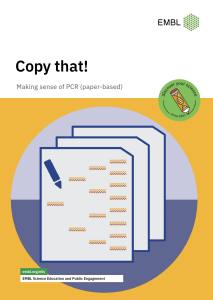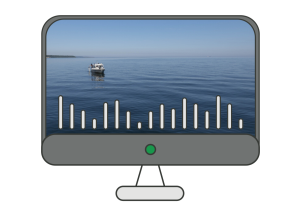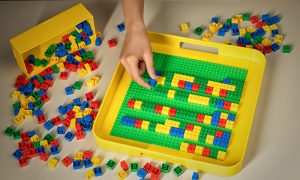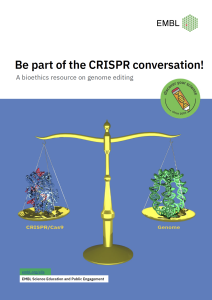
Focus: Stem Cells
Overview
This online resource aims to provide learners with an introduction to stem cells, with particular focus on blood (haematopoietic) stem cells. It features simple, colourful animations to support an easy to grasp overview of the following topics:
- Definition of a stem cell, and the bone marrow as stem cell niche
- The formation of blood cells (haematopoiesis), including illustrations of the differentiation of blood cells into different lineages and specialized cell types (i.e. the path from pluripotent to differentiated cells).
- Discussion of how stem cell production and differentiation is controlled on the cellular level to meet the needs of the body’s metabolism and immunity (stem cell homeostasis). This part discusses the different types of signals (endocrine, paracrine and juxtacrine) which stem cells receive from various parts of the body and illustrates the process of red blood cell formation as example of endocrine signalling.
- After you finished the activity you can try to answer the questions in our Stem Cell Quiz.
Step 1
What are stem cells?
Stem cells
Our bodies are made up of more than 200 cell types. These cells form different tissues and organs which work together to keep us alive. When a tissue is damaged, or when its constituent cells have reached the end of their lifespan, it has to be replenished. This is what stem cells residing in different organs do. They maintain tissue and cell homeostasis in the body. They do so by dividing and giving rise to more cells which differentiate into specialised daughter cells.
The bone marrow
The bone marrow is the soft tissue found within some of our bones. It is where blood and bone form.
It houses stem cells of blood and bone.
- Blood stem cells are known as haematopoietic stem cells (HSC)
- Bone stem cell are known as mesenchymal stem cells (MSC)
MSCs form the cells which deposit the minerals that form our bones. They can also form adipocytes (fat cells) and chondrocytes (cartilage cells). This is shown in Figure 1 below.
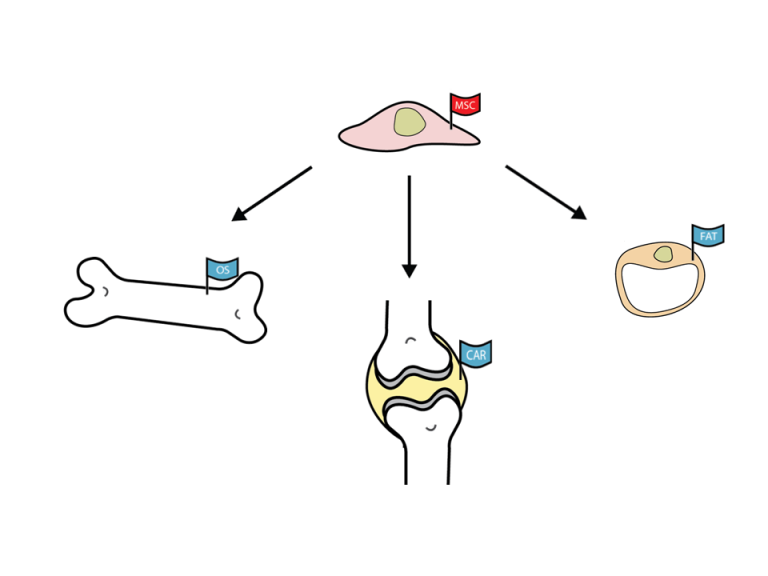
HSCs give rise to all cell types of the blood, such as red blood cells and white blood cells. The specialised daughter cells are represented in Figure 2 below.
The process of blood formation is called haematopoiesis.
Haematopoiesis produces more than 500 billion new blood cells in an adult human every day.
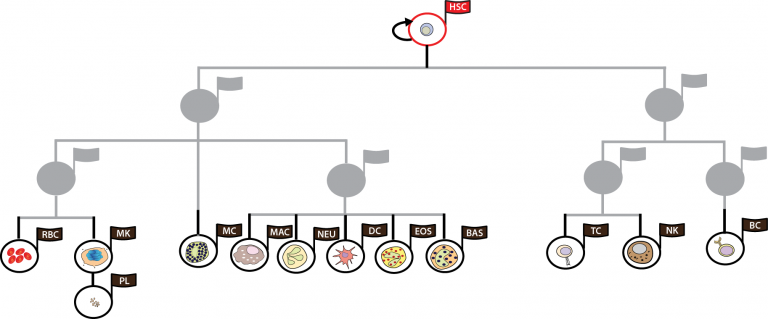
Step 2
Haematopoiesis is the process of blood cell formation. It describes how different specialised cells form from one single haematopoietic stem cell.
It proceeds through a series of division steps, where the potency of each subsequent daughter cell becomes more restricted to specific lineages. This means that, at the top of the hierarchy, the pluripotent HSC can give rise to all cells of the blood. As it divides and differentiates, multipotent cells form. These can form only a subset of blood cells. At the bottom, the functional blood cells are fully differentiated and are ready to perform their respective functions. They cannot divide further. They enter circulation to support the body’s metabolic and immune defense needs.
Haematopoiesis is shown below.
Click to learn about abbreviations
HSC: haematopoietic stem cell.
CMP: common myeloid progenitor.
CLP: common lymphoid progenitor.
MEP: megakaryocyte & erythrocyte progenitor.
GMP: granulocyte & macrophage progenitor.
TNK: T- & natural killer cell progenitor.
pro-B: B-cell progenitor.
RBC: red blood cell.
MK: megakaryocyte.
PL: platelet.
MC: mast cell.
MAC: macrophage.
NEU: neutrophil.
DC: dendritic cell.
EOS: eosinophil.
BAS: basophil.
NK: natural killer cell.
TC: T-cell.
BC: B-cell.
Blood cells
Blood cells fall into two major lineages: myeloid and lymphoid lineages.
- Myeloid cells include red blood cells (erythrocytes), megakaryocytes, mast cells, macrophages, neutrophils, eosinophils and basophils.
- Lymphoid cells include B-, T- and natural killer cells.
The functions of the different blood cells are briefly described as follows.
Red blood cells have no nucleus, and are packed with the molecule called haemoglobin. Haemaglobin carries oxygen around the body.
White blood cells play a very important role in immune protection against foreign particles and pathogens. Different white blood cells do this differently.
- Megakaryocytes give rise to thrombocytes, or platelets, which are responsible for closing open wounds.
- Neutrophils and macrophages phagocytose or eat up foreign particles.
- Mast cells, eosinophils and basophils regulate inflammatory reactions seen in allergies.
- B-cells produce antibodies which bind and sequester foreign invaders. T-cells recognise and kill cells of the body which have been infected with a foreign agent or which are cancerous. They learn and memorise molecular patterns from the infected or cancerous tissue, such that they are able to react quicker on subsequent encounters.
- Natural killer cells target cells which are infected by viruses.
- At a given time, haematopoiesis responds to the body’s metabolic and immunity needs. This means that the differentiation of HSCs is tightly regulated to produce the right cell types at the right time.
Step 3
Stem Cell Homeostasis
At any given time, the right type of cells need to be produced in the right number. On the other hand, stem cells need to be able to supply the tissue throughout life. To meet these seemingly opposite requirements, stem cells need to differentiate into the correct daughter cell types, or divide and make more of themselves (that is, self-renew) to maintain their own supply.
In order to preserve this system throughout an organism’s life, the balance between stem cell differentiation into specialised cells and stem cell self-renewal is tightly controlled. Under homeostasis, a small subset of stem cells divide asymmetrically: one daughter remains a stem cell, whilst the other divides further to generate functional haematopoietic cells.
The system is under homeostasis when the balance between stem cell production and differentiation is just right. Stresses such as infections challenge this, and mechanisms are in place to restore homeostasis under these conditions.
What controls the output from haematopoietic stem cells?
The environment within the bone marrow, or the stem cell niche, regulates HSC behaviour. It does so by presenting the stem cells with signals originating from multiple sources, such as the brain, the kidneys, or multiple cells from the bone marrow itself. Long-range signals from other organs fall under endocrine signalling, shorter range signals from bone marrow cells include paracrine and juxtacrine signalling. During paracrine signalling, cells secrete molecules such as growth factors into their extracellular space, and these spread to other cells by diffusion. Juxtacrine signalling refers to the signalling occurring between direct neighbours. This is important for example to retain HSCs in the bone marrow.
↓ Endocrine signalling:
We will focus on one type of endocrine signalling, where erythropoietin, a hormone, is secreted by the kidneys to trigger erythrocyte (or red blood cell) formation.
When the body suffers from low oxygenation conditions – for instance at high altitudes – cells in the kidney sense this and release erythropoietin into the bloodstream. This protein hormone then travels to the bone marrow and once there, it signals to HSCs that more erythrocytes are needed. As a consequence, erythropoiesis, or ‘erythrocyte production’, ensues to restore the body’s oxygenation levels to normal. Once this happens – that is, once homeostasis is reached – erythropoietin production by kidney cells stops.
In fact, erythropoiesis has ethical implications. Oxygenation of the body also means oxygenation of muscles. Therefore, having more erythrocytes might improve athletes’ performance. In fact, the injection of erythropoietin to improve athletic performance is strictly banned. Instead, some athletes may include training at high altitudes to stimulate erythropoiesis more naturally.
Did you know?
If the niche regulation on HSCs is corrupted in any way, diseases may arise. In leukemias, mutated HSCs or progenitors change the way they signal to the niche, and win over normal HSCs in communicating and remaining there. In a set of diseases known as myelodysplastic syndromes, cells within the bone marrow acquire mutations and change the way they signal to HSCs, such that haematopoiesis is no longer effective. These patients have severe cytopenias (anaemias).
Step 4
Stem cell and haematopoiesis summary
In this module, we learnt that:
- stem cells are responsible for replenishing old or damaged cells in tissues.
- the bone marrow houses stem cells of blood and bone.
- blood formation, or haematopoiesis, occurs in a hierarchical fashion, where the pluripotent stem cell gives rise to less potent progenitors which form subsets of specialised/differentiated daughter cells.
- a stem cell can divide asymmetrically to form one stem cell (self-renewal) and one differentiating cell.
- the balance between stem cell self-renewal and differentiation – or stem cell homeostasis – is controlled by endocrine (long-distance), paracrine (neighbourhood) and juxtacrine (next-door neighbour) signals.
Quiz
Stem Cell Quiz
After completing the stem cell activity you should be ready to take the Stem Cell Quiz and test your knowledge on this topic. Good luck!
Optional
Stem Cell Kahoot
Do you like interactive quiz games in a group setting, like a classroom? Try out our Kahoot! on stem cells. The players answer on their own devices, while the game is displayed on a shared screen to unite the lesson. Just click on the banner below to access the online game which we created for you.
Glossary
The ELLS Glossary contains a growing number of stem cell-related terms.
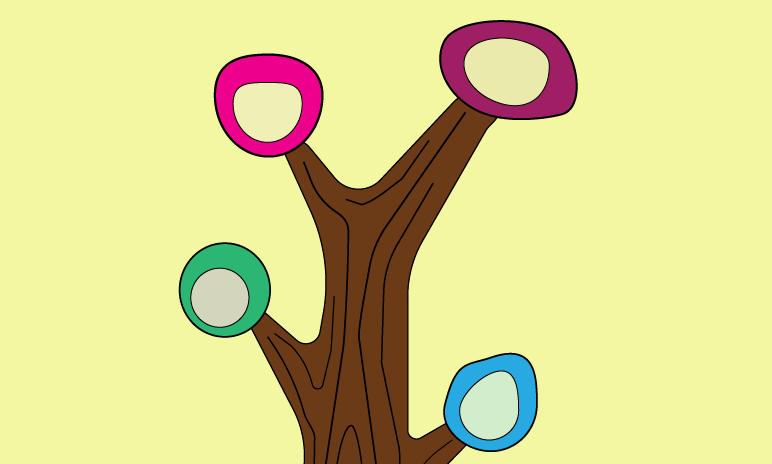
Topic area: Cell biology, Developmental biology
Age group: 14-16, 16-19
Author: Noorie Karimbocus, Philipp Gebhardt
Share:


